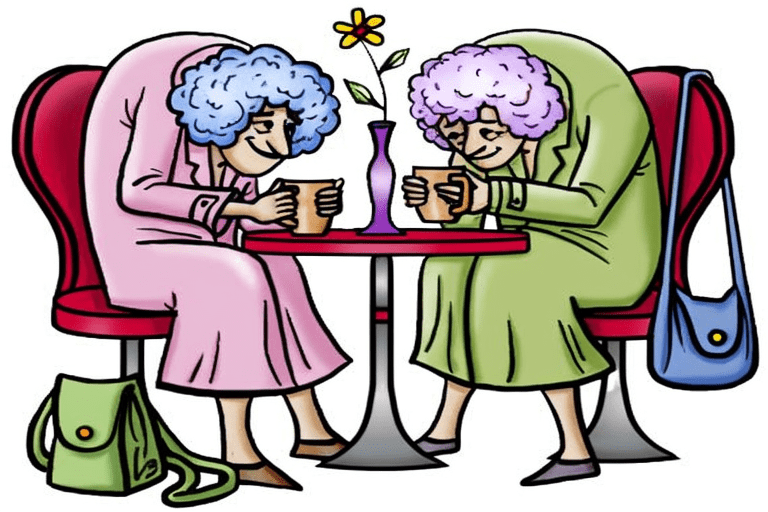
lonely in her new surroundings. She missed the camaraderie and the shared memories she had with Mrs. Cohen. One day, feeling a bit adventurous, Mrs. Murphy decided to visit Mrs. Cohen in her retirement home. She believed that friendship should transcend religious differences.
When Mrs. Murphy arrived at Mrs. Cohen’s retirement home, she was pleasantly surprised by the warm welcome she received. The staff and residents, regardless of their religious backgrounds, embraced her with open arms. Mrs. Cohen, overjoyed to see her dear friend, couldn’t believe that Mrs. Murphy had made the effort to bridge the gap between their separate communities.
As the two friends spent time together, they realized that their retirement homes, despite their different religious affiliations, had more similarities than differences. Both places aimed to provide a supportive and caring environment for their residents. Mrs. Murphy and Mrs. Cohen decided to initiate joint activities that would bring the residents from both homes together.
They started with a simple coffee morning where residents could mingle, share stories, and make new friends. The event was a resounding success, breaking down barriers and fostering a sense of unity among the retirees. Encouraged by this positive response, Mrs. Murphy and Mrs. Cohen, with the support of their respective communities, organized regular joint activities, including movie nights, game tournaments, and even talent shows.
The newfound camaraderie between the retirement homes sparked curiosity and admiration among the surrounding neighborhoods. Local media covered the heartwarming story of two elderly friends breaking down religious barriers to create a harmonious community for themselves and others. The positive publicity attracted volunteers and sponsors who wanted to contribute to the interfaith collaboration.
Embracing the momentum, Mrs. Murphy and Mrs. Cohen, along with the support of the residents and the broader community, initiated outreach programs. They visited local schools to share their experiences of friendship and unity, promoting tolerance and understanding among the younger generation. The retirement homes became symbols of harmony, proving that friendships could flourish irrespective of religious differences.
One day, a renowned artist caught wind of their story and was inspired to create a mural that depicted Mrs. Murphy and Mrs. Cohen holding hands, surrounded by diverse elderly individuals from both retirement homes. The mural, displayed prominently in the heart of the community, became a powerful visual representation of unity, breaking down stereotypes and prejudices.
The success of the interfaith collaboration extended beyond the retirement homes. The local government recognized the positive impact of Mrs. Murphy and Mrs. Cohen’s initiative and decided to implement similar programs in other communities. Interfaith dialogue and collaboration became key components of the region’s cultural and social initiatives, fostering a more inclusive and tolerant society.
As the years passed, Mrs. Murphy and Mrs. Cohen, with their unwavering friendship, continued to inspire others. Their story became a beacon of hope, demonstrating that genuine connections could overcome any societal barriers. The retirement homes, once separate entities, evolved into vibrant, inclusive communities that celebrated diversity and cherished the richness each individual brought to the collective tapestry of life.
When Mrs. Murphy and Mrs. Cohen eventually passed away, their legacy lived on in the hearts of those they had touched. The retirement homes continued to thrive as symbols of unity, proving that friendship, compassion, and understanding could create lasting bonds that transcend religious, cultural, and generational differences. The story of Mrs. Murphy and Mrs. Cohen became a cherished chapter in the community’s history, reminding everyone that the power of friendship could create positive change and leave an indelible mark on society.








Leave a Comment